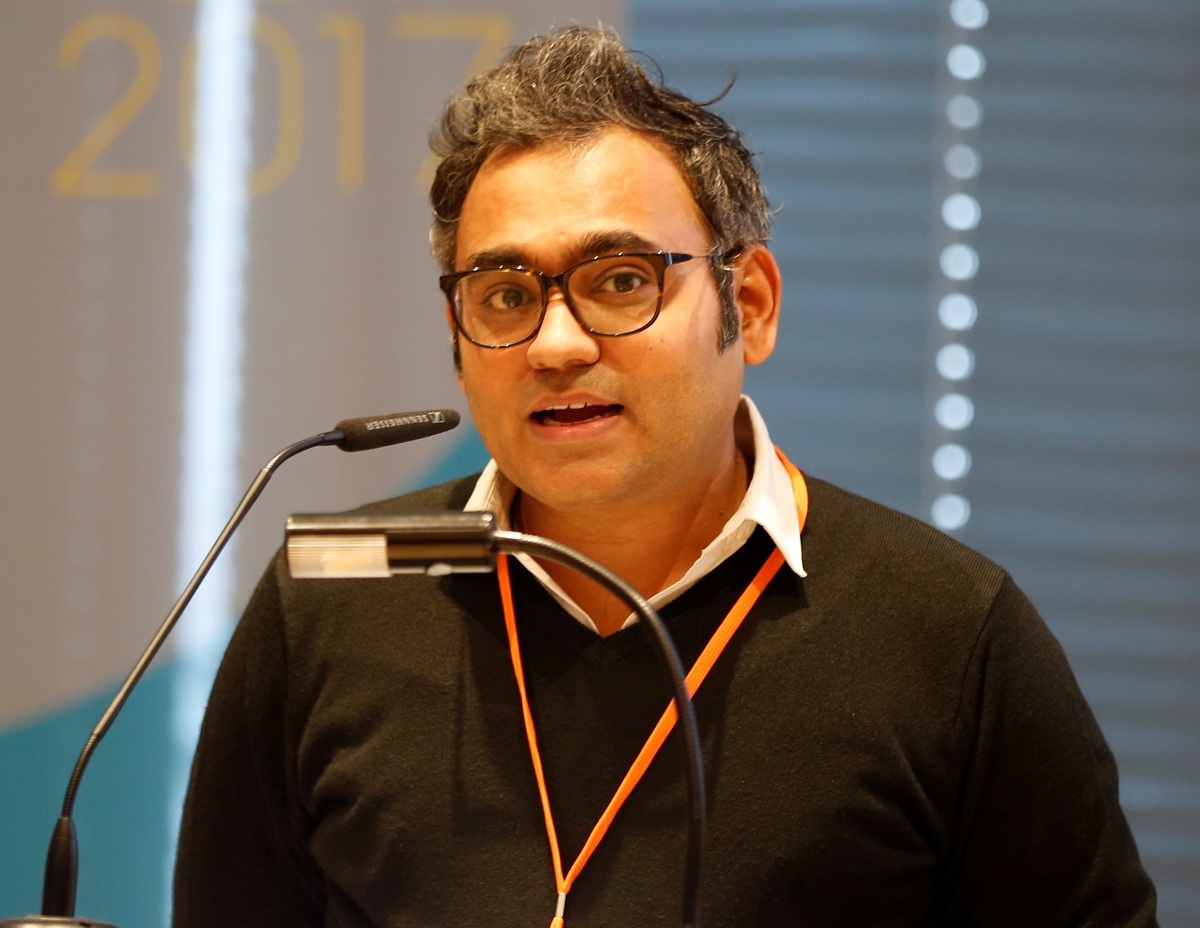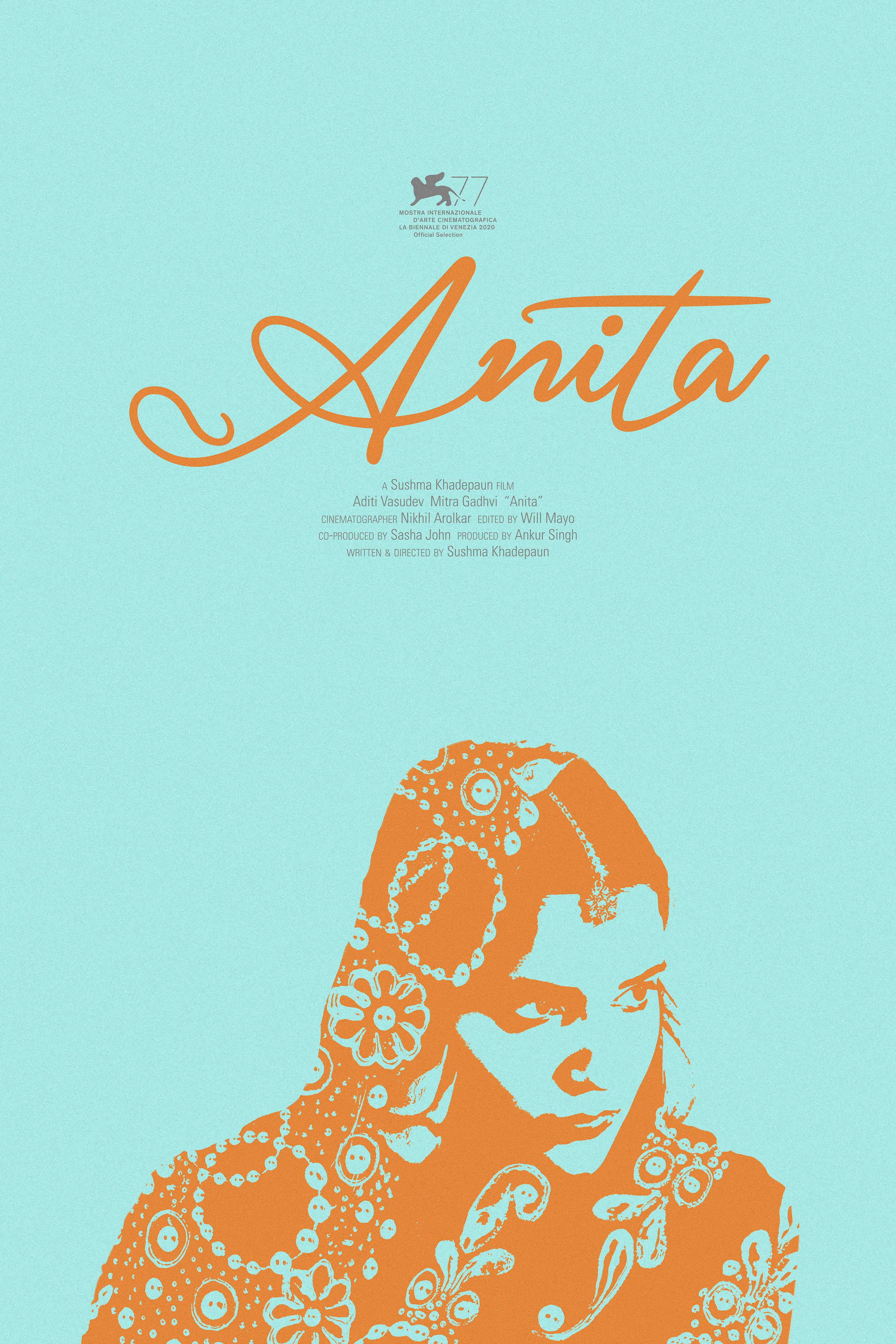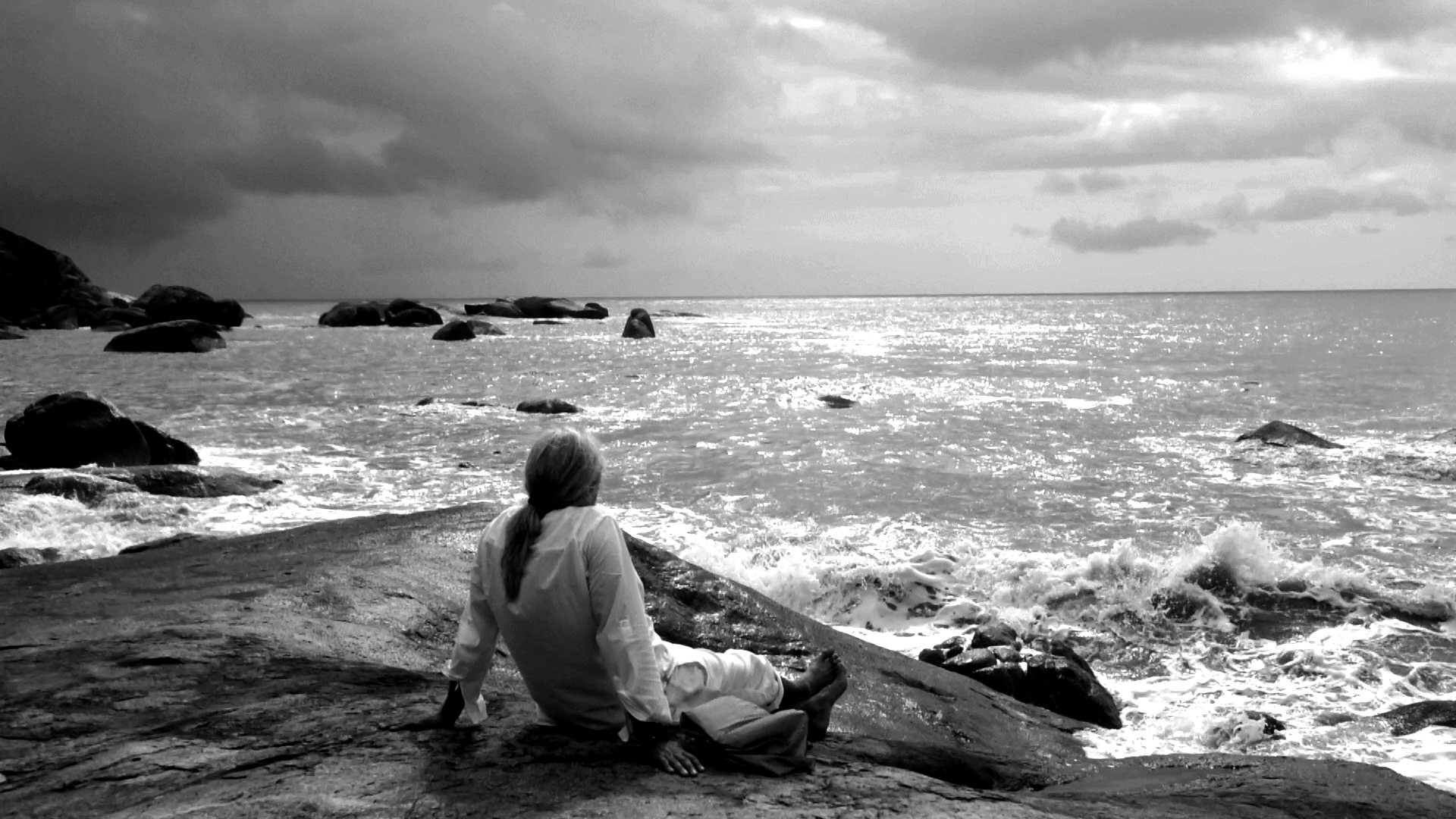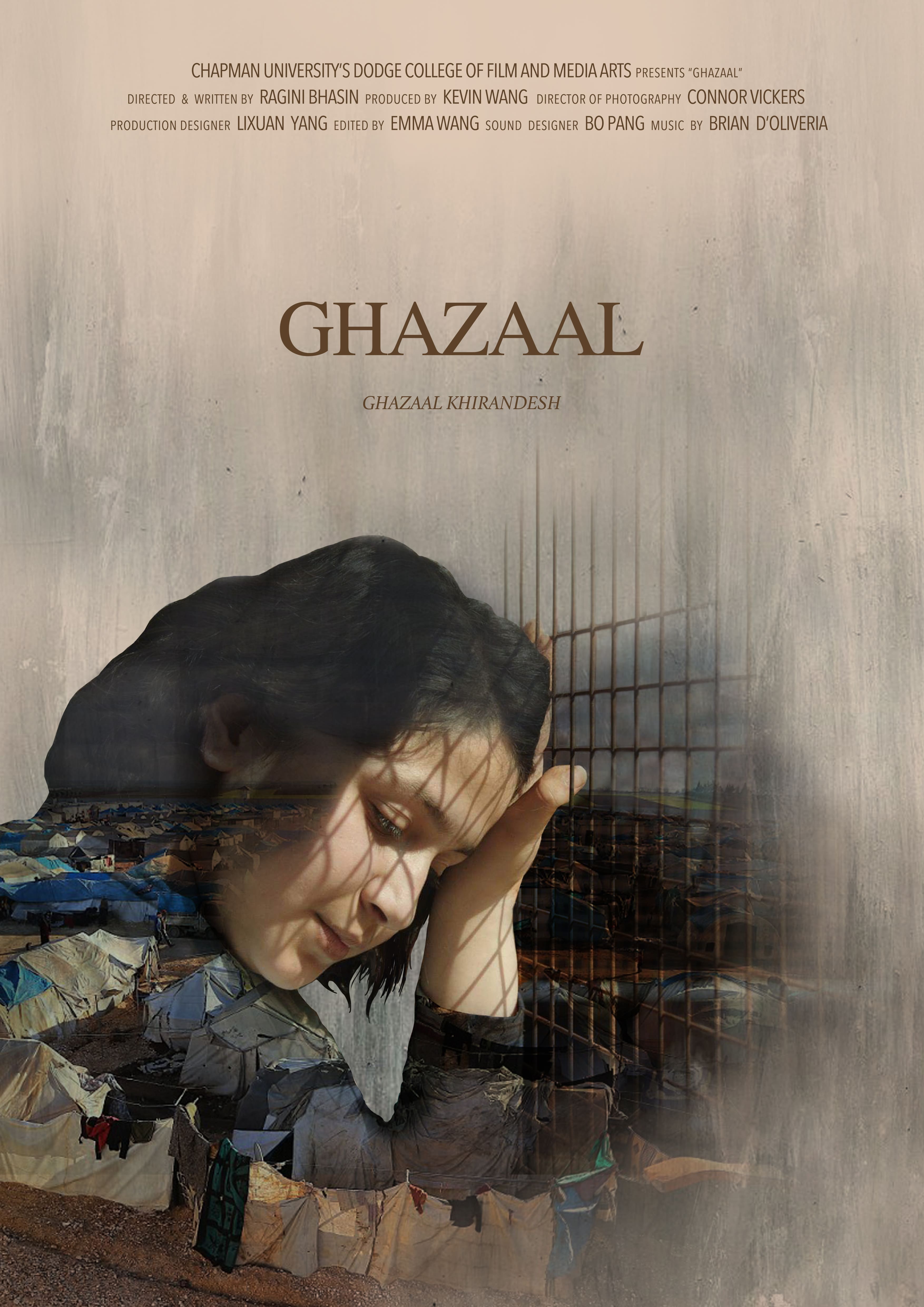By Kabeer Khurana
A film should be more like music than like fiction. It should be a progression of moods and feelings. The theme, what’s behind the emotion, the meaning, all that comes later. – Stanley Kubrick
Chamomile-scented incense. The spreading carpet in the living room. Candle flames, casting their giant shadows upon walls. The tinted-glass paintings. Meditation mantras playing softly in the background.
Flashes. Just flashes of reminiscences…some still alive, most long forgotten. Memories of a time and space that once existed, but ones that I yearn to revisit. This, through the films I make.
I see movie-making as a very personal selfish act – an emotional satisfaction that every filmmaker is trying to give himself, by reliving past experiences through the artifice of a constructed world. Filmmaking is making a connection with your inner life, finding a rhythm and expressing passions with utmost honesty – a less cerebral, more musical process. Be it in the scripting phase, the pre-production, shoot, editing, or even the digital intermediate, music provides an instinctive vision to the makers to not just wrap their heads around, but break into and connect with intimately. Good films don’t come from great concepts, but from the emotional honesty through which ideas are communicated. In fact, a director’s emotional disconnect with a scene does come across to the audience, and the effort and focus, therefore, should lie in making our films more convincing and expressive – nailing the ability to authentically translate what the creators feel onto screen. This emotional authenticity can only be achieved when filmmakers connect more deeply with their subjects, or gain a stronger sense of musicality. If the film isn’t told with heartfelt emotional honesty, even a great concept cannot save it.
Making Cinema Tactile
In my opinion, the pursuit of every filmmaker should lie in trying to understanding himself better, and in making a closer connection with his inner life. The truer the director is to his own emotions, the more relatable his film is likely to be. This connection can be further strengthened by a certain sense of musicality, and by making music central to the cinematic experience – that is, truly giving ‘audio’ precedence over ‘visual’ in this so-called audio-visual medium. Of course, this would also mean a radical re-assessing of our existing methods and procedural norms of making films, as, in our current methods, the script and performances are central to the process. In re-looking at music as the highest order in movie making, I do see more convincing and heart-warming films being produced…films that reduce the distance between the audience and the filmmakers, making cinema more tactile.
It was in fact literary theorist Mikhail Bakhtin’s theory of novelization that conveyed the idea of reducing the distance between the narrative and the readers, by breaking the age-old canonical constructs of epic or lyric poetry literature – that is, writing literature that were less panegyric or romanticized, and more relatable and honest. While this was an idea that was proposed in 1941, I feel that there still exists a very strong distance between Bollywood cinema and its audiences, which is seen in the fact that our ‘tinsel town’ (super)heroes are highly valorised, and are perceived as lofty, completed individuals who are far beyond the tactile reach of the audience. Unfortunately, this ‘town’ is a ‘walled’ one i.e., it builds boundaries that block it off from the present. Thus, there exists an impending need to create more novelized cinema, that audiences can intimately speak to and not just romanticize from a distance but make love to.
Cinema then, for filmmakers, becomes simply an art of connection…first with yourself, then automatically the audience. Movie making is about finding a rhythm and expressing a strong sense of individualism. The deeper intimacy you share with your art, the closer the audience connects with it. Bound by the common human emotions such as hope, desire, anxiety, etc., our emotions are universally relatable, however rarely expressed with complete honesty. This is either due to the fact that we’re systemically designed to veil our true emotions, or we just haven’t connected well enough with our inner lives. Either way, I do truly believe that filmmakers, in India especially, collectively do need to re-look at the way they perceive cinema – do we see it as art, or as craft?
Looking at Cinema as Art (and not Craft)
Cinema is a spontaneous and intuitive play of emotions, stemming from musical responses. However, there are several films today which visibly lack an emotional honesty and sincerity on the part filmmakers to genuinely feel for the characters they’re weaving into their films. For these films, the pretentiousness and the disconnection of the makers with the film is evident to the audiences. A filmmaker may set himself the task of arousing or manipulating a certain emotional response in an audience. In this respect, it is an honourable and skilful craftsmanship, requiring great technical skill, but the lack of emotional honesty does come through. Maximum emotional impact (on the audience) is created when the intent of the filmmakers isn’t pre-meditated, but is a spontaneous, heart-felt and intuitive piece of emotional exploration – films that are made by simply “living on the inside.” This wholehearted emotional journey that the filmmaker goes through while making a film, separates a piece of art from merely a piece of craftsmanship.
In my opinion, the job of a filmmaker isn’t to manipulate the emotions of the audience, but to go through an emotional exploration of his own during the entire process. Perhaps, his job is also to stand in the same relationship to the outcome as his audience – trying to understand, clarify and find out just as much about his own work, as if he’s seeing it for the first time. Films made with artistic integrity are the ones in which the filmmaker doesn’t take up the role of a stage magician or a conjurer, manipulating the emotions of his audience, but has actually gone through an emotional and expressive journey of his own to create an honest piece of art, rather than a pre-conceived work of craftsmanship. Films like these are made more out of love for cinema than from a lust to meet box-office targets. These filmmakers just purely follow their heart and flow with their own musicality.
Here, it’s interesting to observe that unlike popular perception, it’s not just actors that follow a method, but filmmakers as well. The method that I speak about, of course, is closer to the Stanislavsky Method than the Meisner Technique of acting. Stanislavsky sought to encourage sincere and emotionally expressive performances, rather than pre-planned and rehearsed acting. These ‘art-house’ filmmakers did the same – most creation happened on the basis of what they felt and experienced intuitively during filming.
Engaging the Crew
In my opinion, a large part of filmmaking is simply about bringing your crew in a common emotional zone, making them seamlessly connect with the musicality of the film and your vision for it. Every single crew member, in this grand miracle of collaboration called cinema, must understand not just what is being shot, but also the mood, tone, rhythm, performance key and emotion behind it. This is critical – the director’s job isn’t just to set the mood in front of the camera, but also behind it. The authenticity and honesty of emotion can only translate onto screen if the entire crew, and not just the director and actors, are in tune with the mood of the scene. The best way to set the tone for a scene is to brief the crew with reference music tracks that best suit the emotional progression in the scene.
In my past experiences, I’ve noticed that just creating the mood for a scene through lighting or performances makes no difference if the rest of the crew doesn’t know what is being shot, or don’t feel for it as deeply and tenderly as the director and performers. A crew that is not in line with what is being filmed, can be a distraction and non-conducive to sustaining that mood on set till the shot has been taken. It just takes one small interruption for the actors, the cinematographer and the recordist to break from the flow.
An added advantage of having a crew with a creative vision, and understanding the musicality of the film, is that the process gets far more collaborative. Filmmaking then becomes a healthy confluence of minds, almost dissolving Bazin’s Auteur theory. Passions automatically rise, and energy levels increase. A truly powerful piece of art is one in which the emotional discovery is a collective pursuit…with over two hundred people in a film unit channelizing their spiritual and creative energies to collectively create something that lasts and resonates universally.
Editing with Emotional Honesty
Identifying and connecting with the musicality of a film is extremely critical for an editor. Whether the beats are in the scene or in the dialogues, every film has a rhythm to it which must be latched on to. Accomplished editors often use metronomes to edit silent/non-dialogue scenes, to bring out a certain pattern and musicality in the edit. In my own films, I’ve always edited scenes to a music piece that best defined the pace and rhythm of that scene. Film direction, for me, has always been about living the film while it’s being shot – connecting with your soul and intuition, and communicating emotions with honesty. In my opinion, the moment you’re making a film with an external objective, (of awards, rewards, or other) it ceases to be a deeply intimate emotional exploration of the filmmaker. It then becomes a work of pre-meditated craftsmanship, but the art is missing…the focus of the filmmaker shifts to manipulating the emotions of the audience than living and communicating his own with honesty. The best films are the ones that filmmakers have made for themselves. The moment you’re keeping the emotions of your audience in mind while making a film, you’re disconnected from your own. The effort for me has always been to ensure that not only are my films designed and inspired by music, but are like music itself. Cinema is finding musical harmony in collaboration.
Here’s a link to my short film ism (2016). A short film that I had made when I was 17. The entire concept, visualization, rhythm, editing and music, was inspired from a 1995 film called Repete (or rather the soundtrack of it). So far, my films have always been conceptualized, scripted and visualized around music.








Leave A Comment
You must be logged in to post a comment.